Even as media reports about the various problems plaguing the 2010 Commonwealth Games kept emerging, a dedicated team of around 1000 people worked for close to a year to make the ceremonies a success.
Viraf Sarkari is a relieved man. Sarkari’s company was entrusted with the responsibility of managing the opening and closing ceremonies of the Commonwealth Games (CWG) about a year back.
The rollercoaster ride that started at the time reached its climax on Thursday night, when Delhi enthralled the world with a spectacular display of grandeur and entertainment at the closing of the games.
Sarkari, along with his partners Andre Timmins and Sabbas Joseph — co-owners of Wizcraft International — bagged the contract for the CWG a year back, after making a pitch along with other event management companies. While his partners were busy with other events handled by the company during this time, Sarkari and his core team shifted base to Delhi in December last year, where preparations for the event to be held 10 months later started in full earnest.
“At the end of it, 1000 people were working in tandem to make the ceremony a success. This included people from the CWG organising committee and Wizcraft, labourers and those from the international community,” says Sarkari. On Thursday afternoon, preparations reached a feverish pitch. At around 2pm, the organisers were holding final meetings and poring over the plans of what was to be their biggest undertaking later that night.
With the attention the event garnered over the past few weeks preceding the games, most of which was negative, the pressure to deliver was undoubtedly high. But there was a sense of confidence and surety in the way young boys and girls, under the supervision of their senior counterparts, went about executing the final show.
“With all the negatives that the media has been highlighting in the weeks leading up to the games, the process and speed at which work was getting done, slowed down a bit. A lot of effort had gone into it by then and a few workers started feeling dejected,” says Sarkari, adding that keeping the workers motivated during that phase was, probably, the toughest part of the job. After the good press the opening ceremony received, though, the confidence of the entire team soared.
Shiamak Davar, who choreographed some of the performances on the big night, says that focus on getting the job done held the team together during the crunch period. One of the performances had Davar choreographing 400 kids — untrained in dance — from Salman Public School in Delhi. “It was a matter of great pride to see the country’s kids go out there and perform at the world stage. Imagine the good it must have done to their confidence. They will always be able to claim their involvement in one of the biggest sporting events held in the country,” says Davar.
Sarkari says the brief given to them was that the ceremonies should reflect the country’s diverse culture and be opulent at the same time. “Unlike other commercial events, we had to collaborate with the government at every step. That did slow things down a bit, because it meant going through long-drawn procedures to get the littlest of things approved. It was difficult and different, but we have no regrets. It’s the biggest and best event we have ever worked on, after all,” says Sarkari, adding that his next assignment is managing the opening ceremony of the 2011 Cricket World Cup in Bangladesh.
![submenu-img]() Vicky Vidya Ka Woh Wala Video: 90s' news readers Rajkummar Rao, Triptii Dimri announce ‘parivarik’ film in hilarious way
Vicky Vidya Ka Woh Wala Video: 90s' news readers Rajkummar Rao, Triptii Dimri announce ‘parivarik’ film in hilarious way![submenu-img]() Weather Update: IMD predicts rainfall in Delhi till this day; issues red alert for these states; check full forecast
Weather Update: IMD predicts rainfall in Delhi till this day; issues red alert for these states; check full forecast![submenu-img]() After Shakib Al Hasan, Ex-Bangladesh captain Mashrafe Mortaza booked for...
After Shakib Al Hasan, Ex-Bangladesh captain Mashrafe Mortaza booked for...![submenu-img]() AlphaVision Management Consultants LLP Aims to Propel India's Economy to $5 Trillion Milestone
AlphaVision Management Consultants LLP Aims to Propel India's Economy to $5 Trillion Milestone![submenu-img]() Premium Pet House Sells 300 Golden Retriever Puppies In August; Addresses The Breed’s Increasing Demand In India
Premium Pet House Sells 300 Golden Retriever Puppies In August; Addresses The Breed’s Increasing Demand In India![submenu-img]() CPI-M नेता सीताराम येचुरी का निधन, 72 साल उम्र में ली आखिरी सांस गंभीर बीमारी के चलते AIIMS में थे भर्ती
CPI-M नेता सीताराम येचुरी का निधन, 72 साल उम्र में ली आखिरी सांस गंभीर बीमारी के चलते AIIMS में थे भर्ती![submenu-img]() IND vs BAN: भारत के खिलाफ टेस्ट सीरीज के लिए बांग्लादेश की टीम का ऐलान, स्टार पेसर हुआ बाहर
IND vs BAN: भारत के खिलाफ टेस्ट सीरीज के लिए बांग्लादेश की टीम का ऐलान, स्टार पेसर हुआ बाहर![submenu-img]() Kolkata Rape-Murder Case: मुख्य सचिव ने फिर जूनियर डॉक्टरों को लिखा पत्र, CM ममता ने शाम 5 बजे मिलने बुलाया
Kolkata Rape-Murder Case: मुख्य सचिव ने फिर जूनियर डॉक्टरों को लिखा पत्र, CM ममता ने शाम 5 बजे मिलने बुलाया![submenu-img]() Bihar Land Survey क्या है? जिसपर मचा है सियासी घमासान, जानें पूरी प्रक्रिया
Bihar Land Survey क्या है? जिसपर मचा है सियासी घमासान, जानें पूरी प्रक्रिया![submenu-img]() Divorce Perfume: क्या है 'तलाक वाला परफ्यूम', जिसकी ओनर हैं दुबई की राजकुमारी, डिटेल में जानिए
Divorce Perfume: क्या है 'तलाक वाला परफ्यूम', जिसकी ओनर हैं दुबई की राजकुमारी, डिटेल में जानिए![submenu-img]() This car sets new Guinness world record for becoming longest driving EV on a single charge; it cost Rs…
This car sets new Guinness world record for becoming longest driving EV on a single charge; it cost Rs…![submenu-img]() MG Windsor EV launched in India: Check price, features, design of India’s first ‘CUV’
MG Windsor EV launched in India: Check price, features, design of India’s first ‘CUV’![submenu-img]() Nikhil Kamath-backed company to compete with Ola Electric as it plans to launch…
Nikhil Kamath-backed company to compete with Ola Electric as it plans to launch…![submenu-img]() Auto giant gifts Olympic medallist Manu Bhaker this car, it costs Rs...
Auto giant gifts Olympic medallist Manu Bhaker this car, it costs Rs...![submenu-img]() Union Minister Nitin Gadkari says this big carmaker ignored his advice on EVs, 'now they've…'
Union Minister Nitin Gadkari says this big carmaker ignored his advice on EVs, 'now they've…'![submenu-img]() Meet Alankrita Shakshi, hired for record-breaking package at Google, not from IIT, IIM, her whopping salary is…
Meet Alankrita Shakshi, hired for record-breaking package at Google, not from IIT, IIM, her whopping salary is…![submenu-img]() Meet woman who left high-paying engineering job to crack UPSC exam, got AIR 6 with self-study, she is now posted as…
Meet woman who left high-paying engineering job to crack UPSC exam, got AIR 6 with self-study, she is now posted as…![submenu-img]() Meet man, who was forced to marry at 11, had first child at 20, cracked NEET exam in 5th attempt, he is now...
Meet man, who was forced to marry at 11, had first child at 20, cracked NEET exam in 5th attempt, he is now...![submenu-img]() Meet woman, who worked as an assistant professor, cracked UPSC exam in fifth attempt, got AIR...
Meet woman, who worked as an assistant professor, cracked UPSC exam in fifth attempt, got AIR...![submenu-img]() Meet Indian genius who completed PhD at 21, became IIT professor at 22, was sacked from job after few years due to...
Meet Indian genius who completed PhD at 21, became IIT professor at 22, was sacked from job after few years due to...![submenu-img]() BSF Jawan Injured As Pakistan Violates Ceasefire Near LoC Days Before Jammu Kashmir Elections 2024
BSF Jawan Injured As Pakistan Violates Ceasefire Near LoC Days Before Jammu Kashmir Elections 2024![submenu-img]() Rahul Gandhi US Visit: Rahul Gandhi Criticizes BJP And RSS At National Press Club, US | INDIA
Rahul Gandhi US Visit: Rahul Gandhi Criticizes BJP And RSS At National Press Club, US | INDIA![submenu-img]() Kolkata Doctor Case: ED Reveals Properties Of RG Kar Ex-Principal Sandip Ghosh Found In Raids
Kolkata Doctor Case: ED Reveals Properties Of RG Kar Ex-Principal Sandip Ghosh Found In Raids![submenu-img]() Manipur Violence: Curfew Imposed In Three Manipur Districts Amid Drone, Rocket Attacks By Insurgents
Manipur Violence: Curfew Imposed In Three Manipur Districts Amid Drone, Rocket Attacks By Insurgents![submenu-img]() Kolkata Doctor Case: Victim's Mother Blasts CM Mamata Banerjee's 'Insensitive' Durga Puja call
Kolkata Doctor Case: Victim's Mother Blasts CM Mamata Banerjee's 'Insensitive' Durga Puja call![submenu-img]() AlphaVision Management Consultants LLP Aims to Propel India's Economy to $5 Trillion Milestone
AlphaVision Management Consultants LLP Aims to Propel India's Economy to $5 Trillion Milestone![submenu-img]() This car sets new Guinness world record for becoming longest driving EV on a single charge; it cost Rs…
This car sets new Guinness world record for becoming longest driving EV on a single charge; it cost Rs…![submenu-img]() Ratan Tata's company loses Rs 21881 crore in 6 hrs due to...
Ratan Tata's company loses Rs 21881 crore in 6 hrs due to...![submenu-img]() Meet man, who was abandoned as child, runs Rs 3608487 crore company, richer than Mark Zuckerberg, his net worth is...
Meet man, who was abandoned as child, runs Rs 3608487 crore company, richer than Mark Zuckerberg, his net worth is...![submenu-img]() Meet woman who became CEO at 30, has this Mukesh Ambani, Isha Ambani link, she is...
Meet woman who became CEO at 30, has this Mukesh Ambani, Isha Ambani link, she is...![submenu-img]() This actress became star at 11, was shot dead by husband on son's birthday; then her daughter...
This actress became star at 11, was shot dead by husband on son's birthday; then her daughter...![submenu-img]() Carlos Alcaraz to Aryna Sabalenka: World’s highest-paid Tennis players of 2024
Carlos Alcaraz to Aryna Sabalenka: World’s highest-paid Tennis players of 2024![submenu-img]() Made in Rs 6 lakh, grossed Rs 800 crore, bigger than RRR, Jawan: Why most profitable film ever paid actors just Rs 20000
Made in Rs 6 lakh, grossed Rs 800 crore, bigger than RRR, Jawan: Why most profitable film ever paid actors just Rs 20000![submenu-img]() Priyanka Chopra stuns in black, poses with Kim Kardashian, Julianne Moore, Salma Hayek at Caring for Women dinner
Priyanka Chopra stuns in black, poses with Kim Kardashian, Julianne Moore, Salma Hayek at Caring for Women dinner![submenu-img]() US 9/11 attack: 7 lesser known facts about September 11 terror attack
US 9/11 attack: 7 lesser known facts about September 11 terror attack![submenu-img]() Weather Update: IMD predicts rainfall in Delhi till this day; issues red alert for these states; check full forecast
Weather Update: IMD predicts rainfall in Delhi till this day; issues red alert for these states; check full forecast![submenu-img]() Premium Pet House Sells 300 Golden Retriever Puppies In August; Addresses The Breed’s Increasing Demand In India
Premium Pet House Sells 300 Golden Retriever Puppies In August; Addresses The Breed’s Increasing Demand In India![submenu-img]() J-K: Two terrorists killed in intense encounter near Kathua-Udhampur border
J-K: Two terrorists killed in intense encounter near Kathua-Udhampur border![submenu-img]() BJP members protest against Rahul Gandhi over his 'Sikh remarks' in US, seeking...
BJP members protest against Rahul Gandhi over his 'Sikh remarks' in US, seeking...![submenu-img]() J&K terror funding case: ‘My fight is for…’, says MP Engineer Rashid after walking out of Tihar jail on bail ahead of…
J&K terror funding case: ‘My fight is for…’, says MP Engineer Rashid after walking out of Tihar jail on bail ahead of…
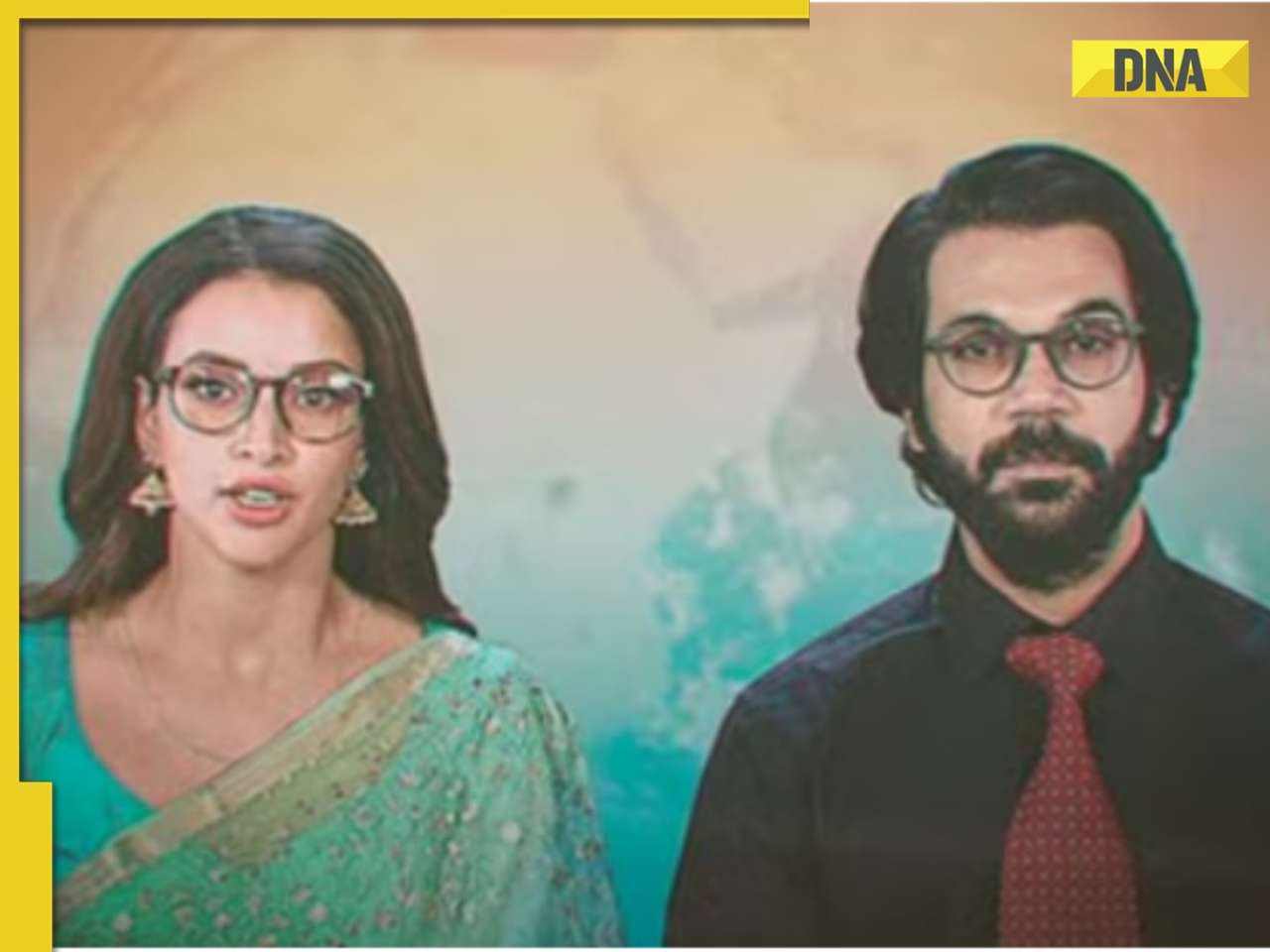









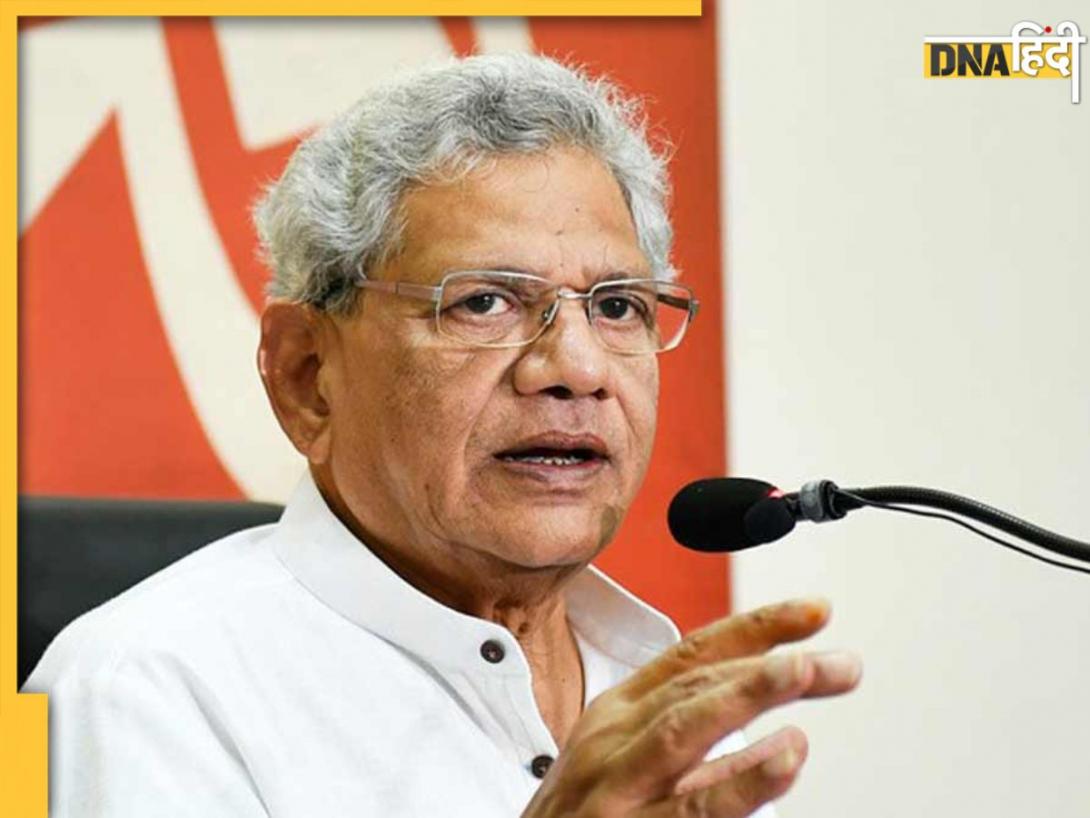
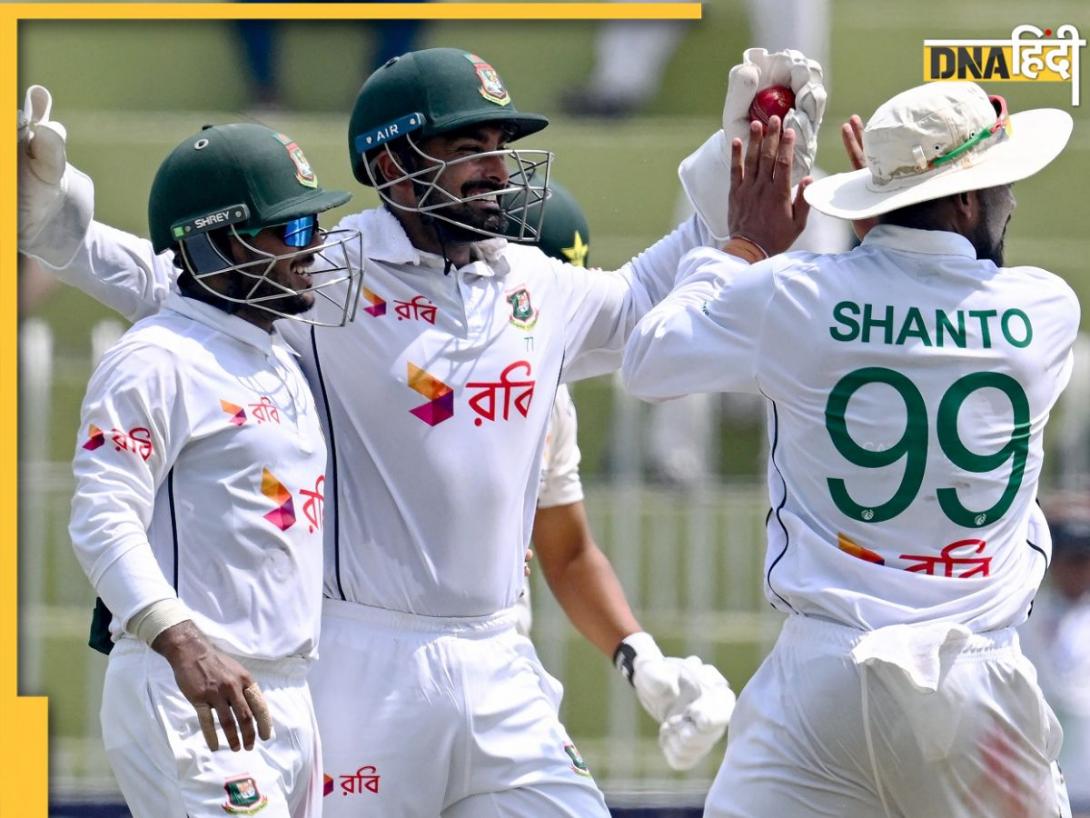





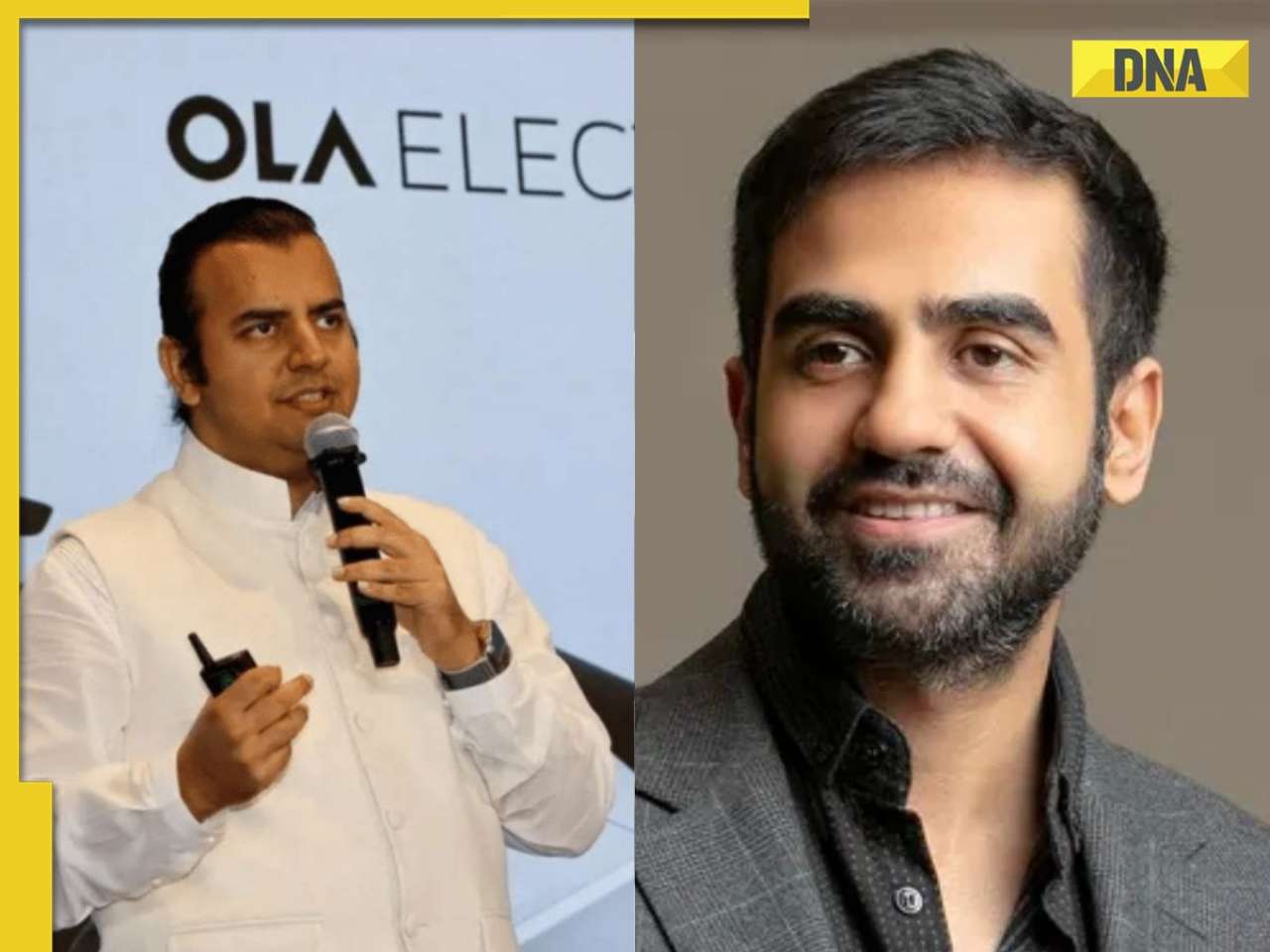



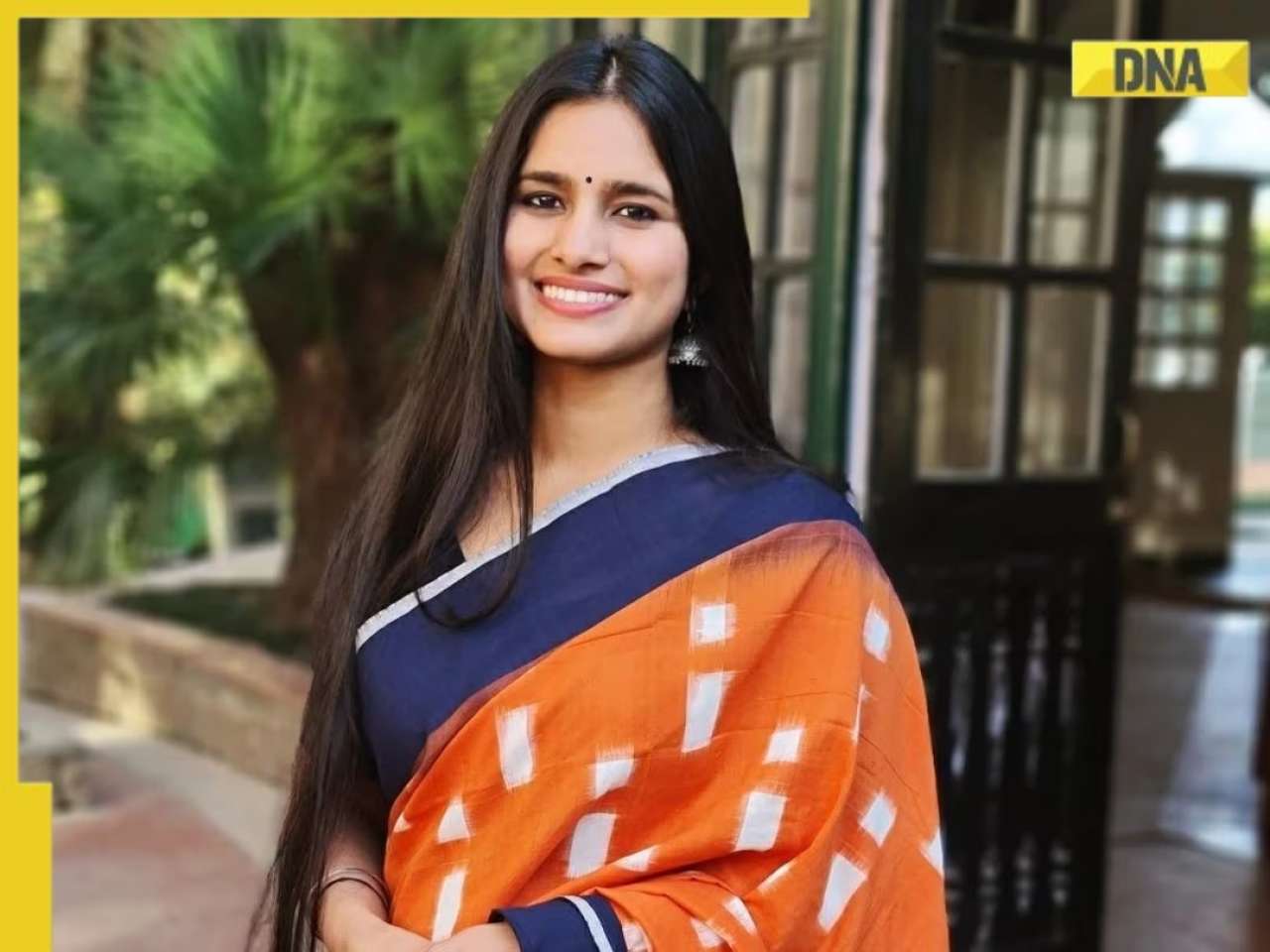
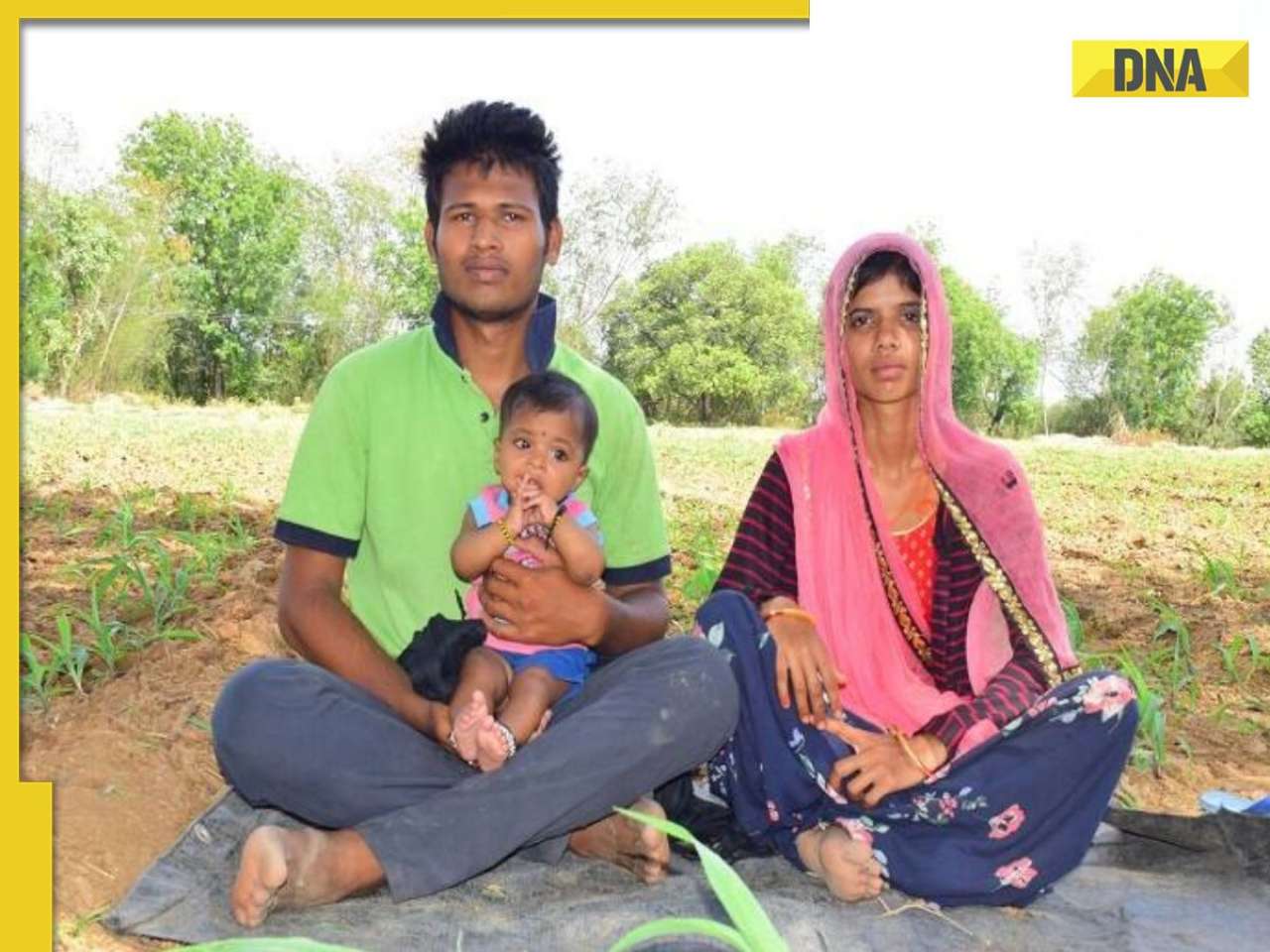
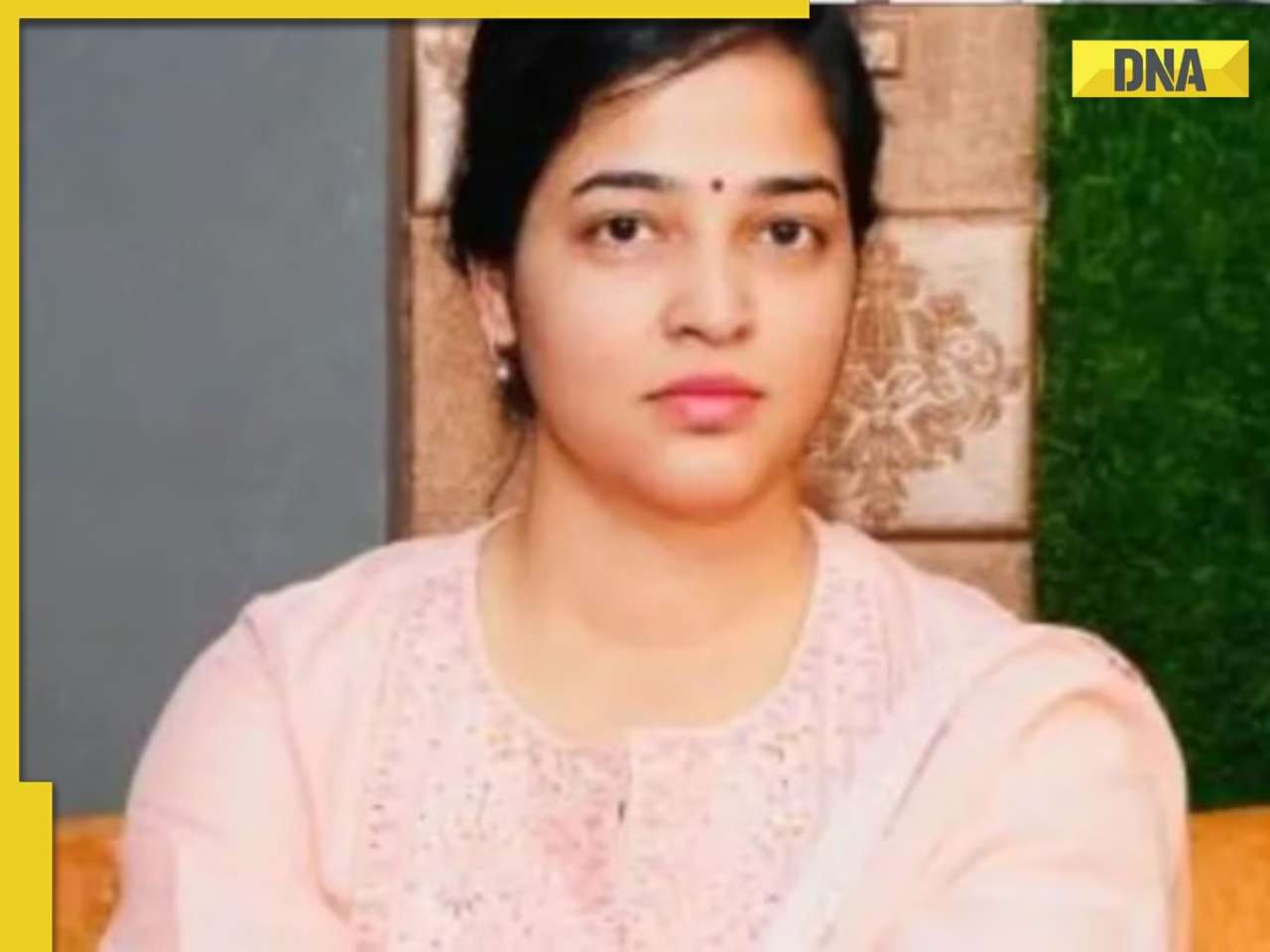
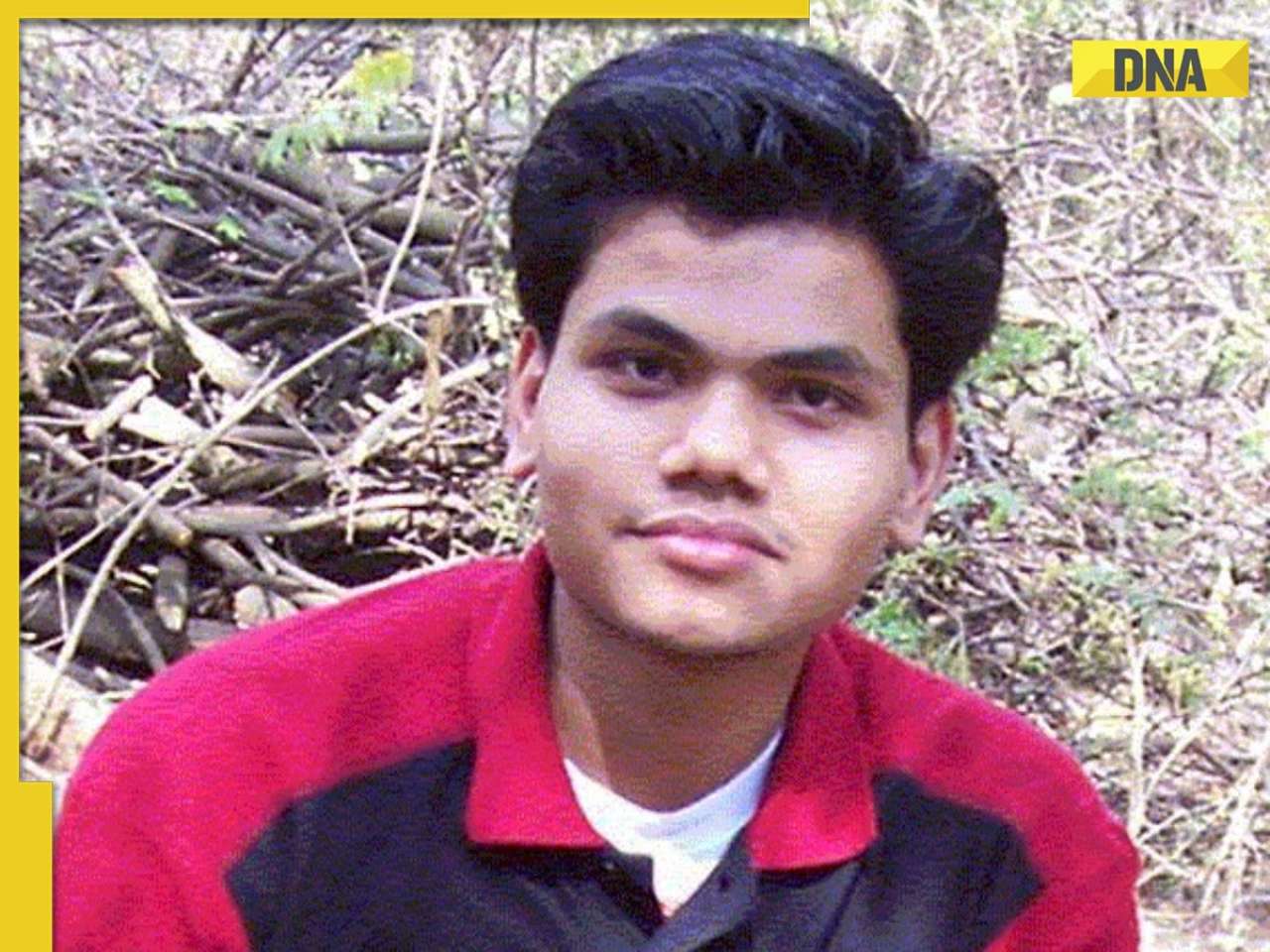


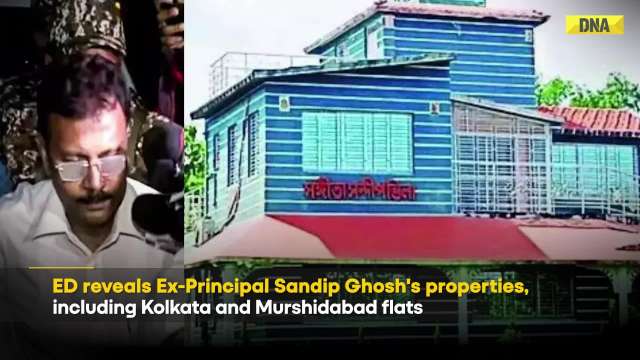


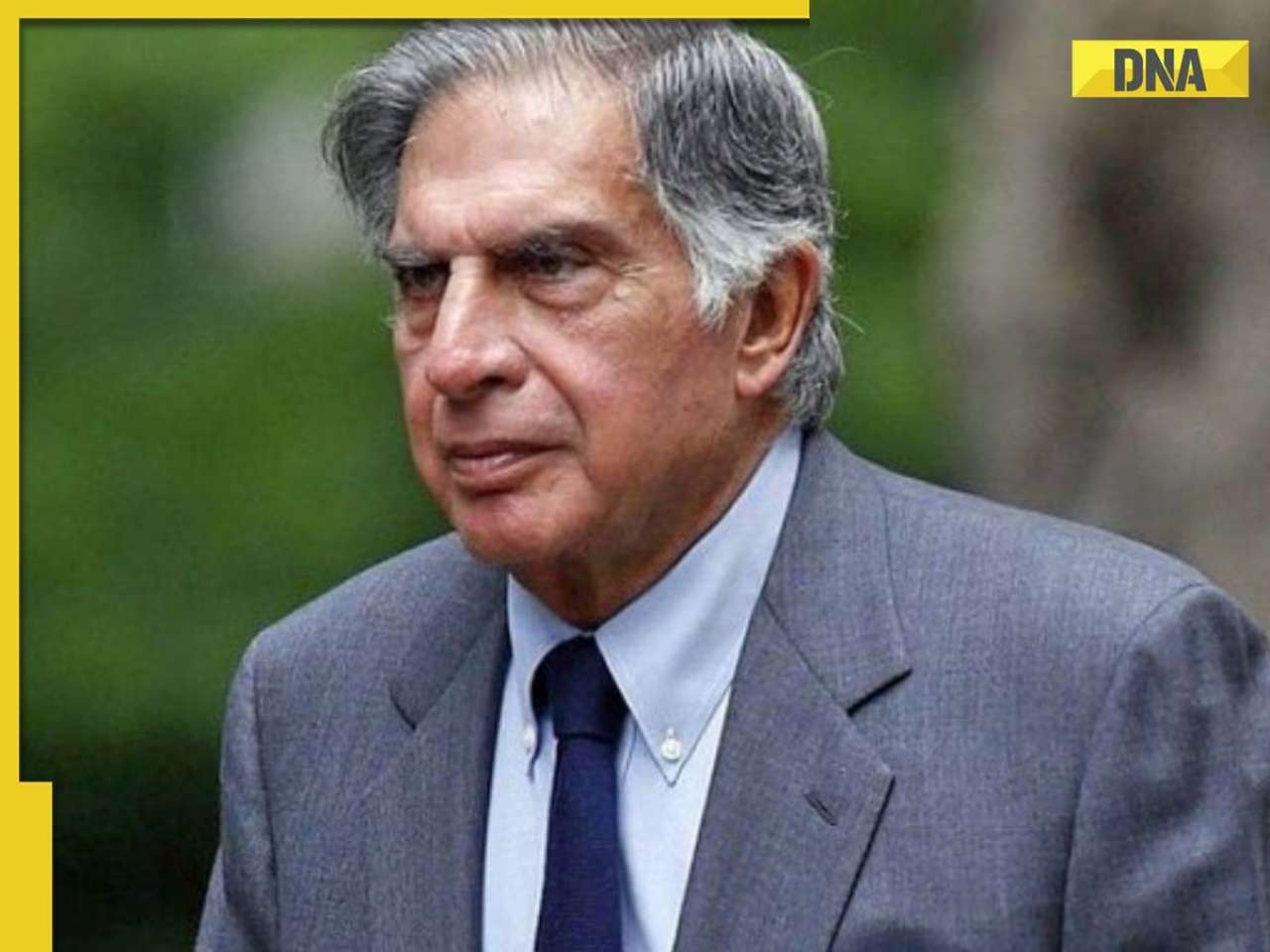







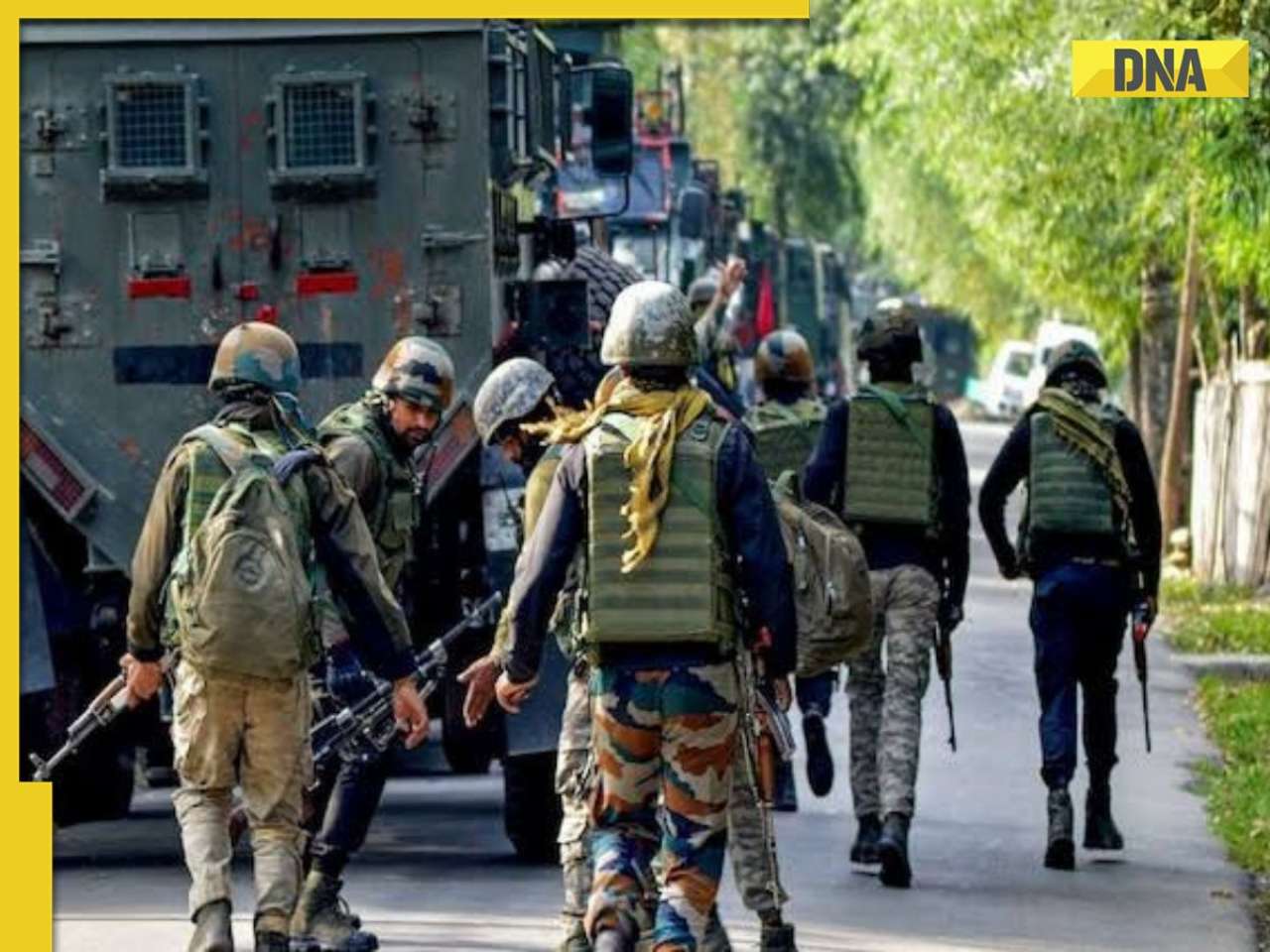
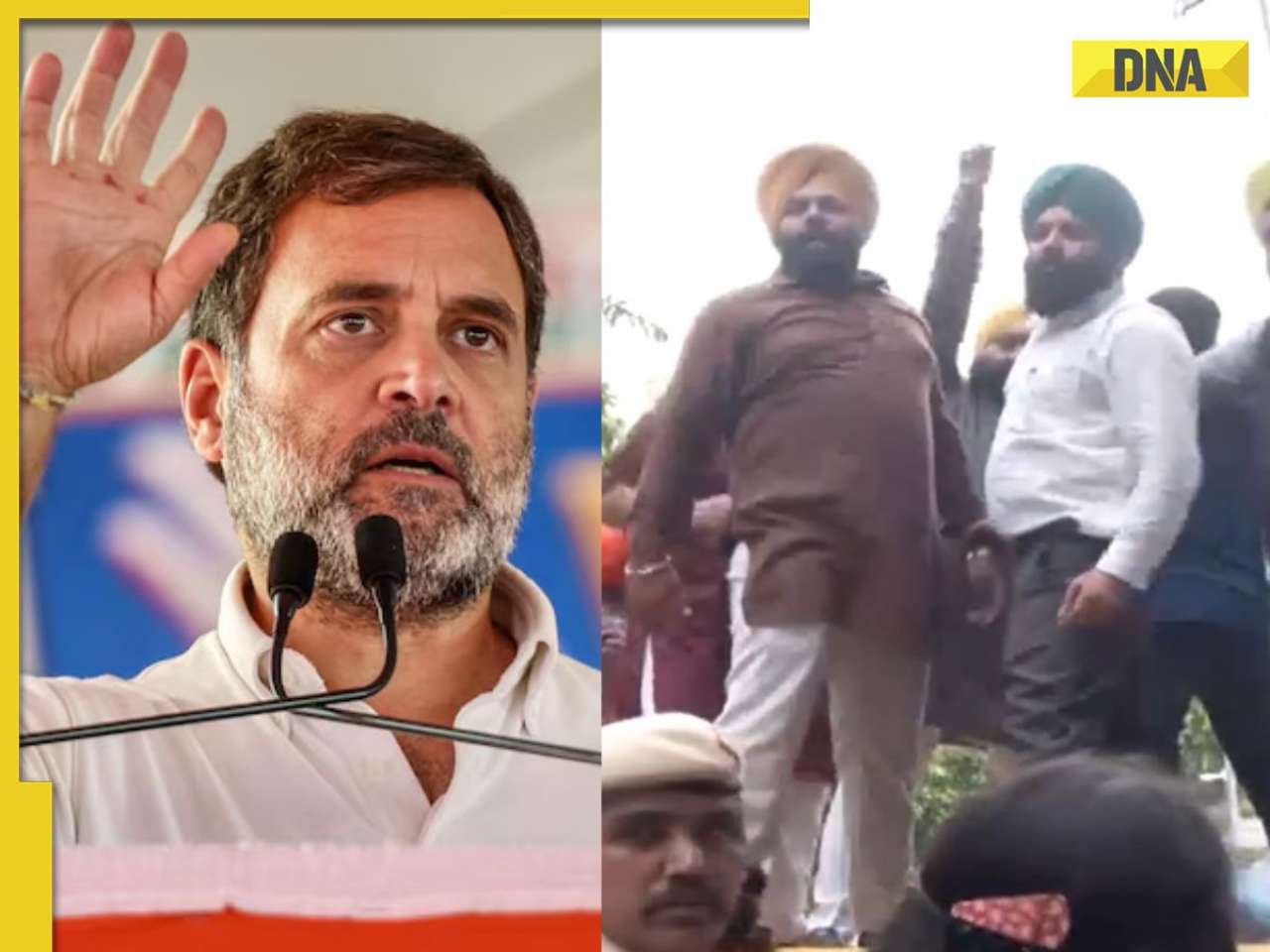
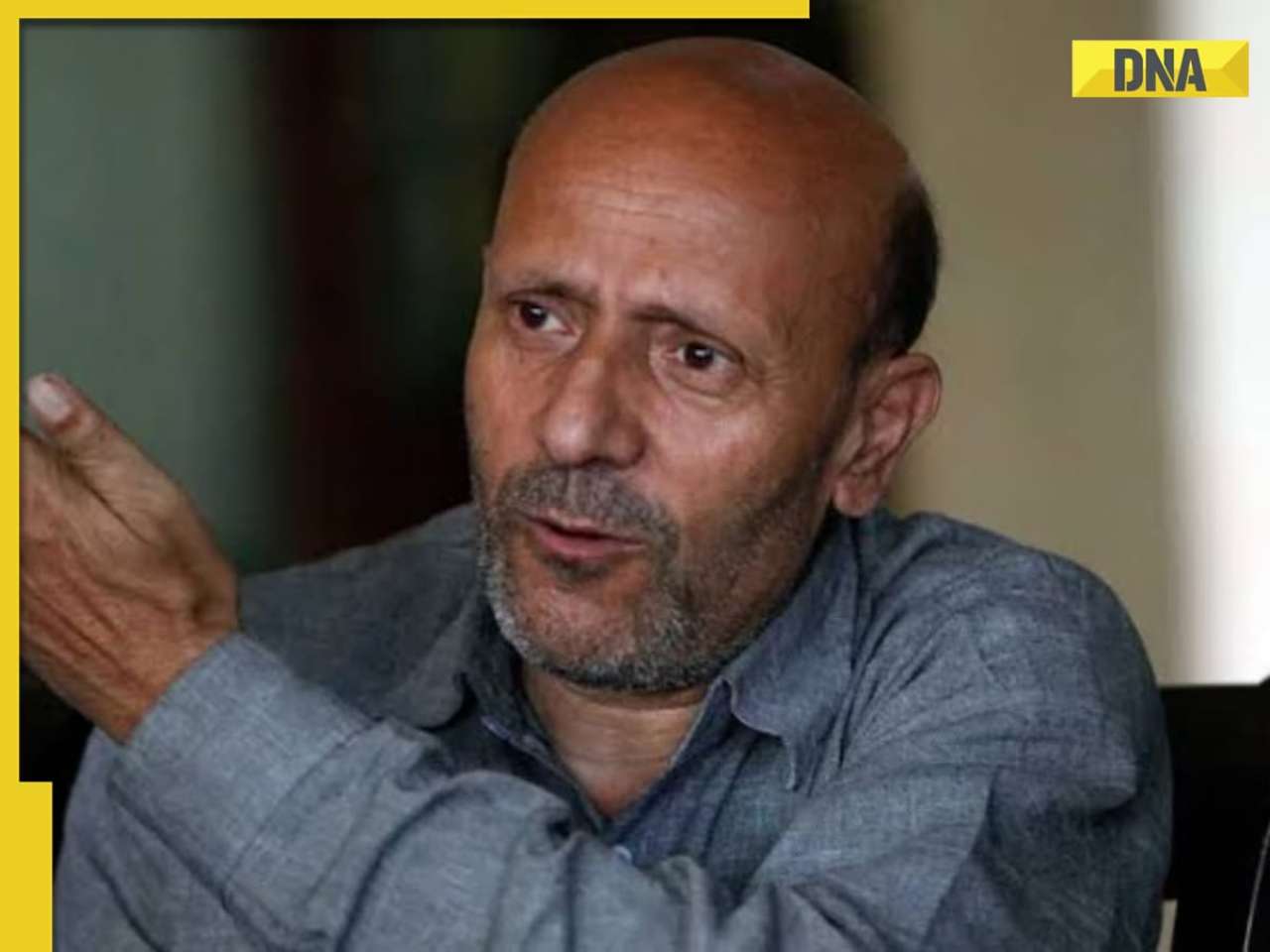







)
)
)
)
)
)